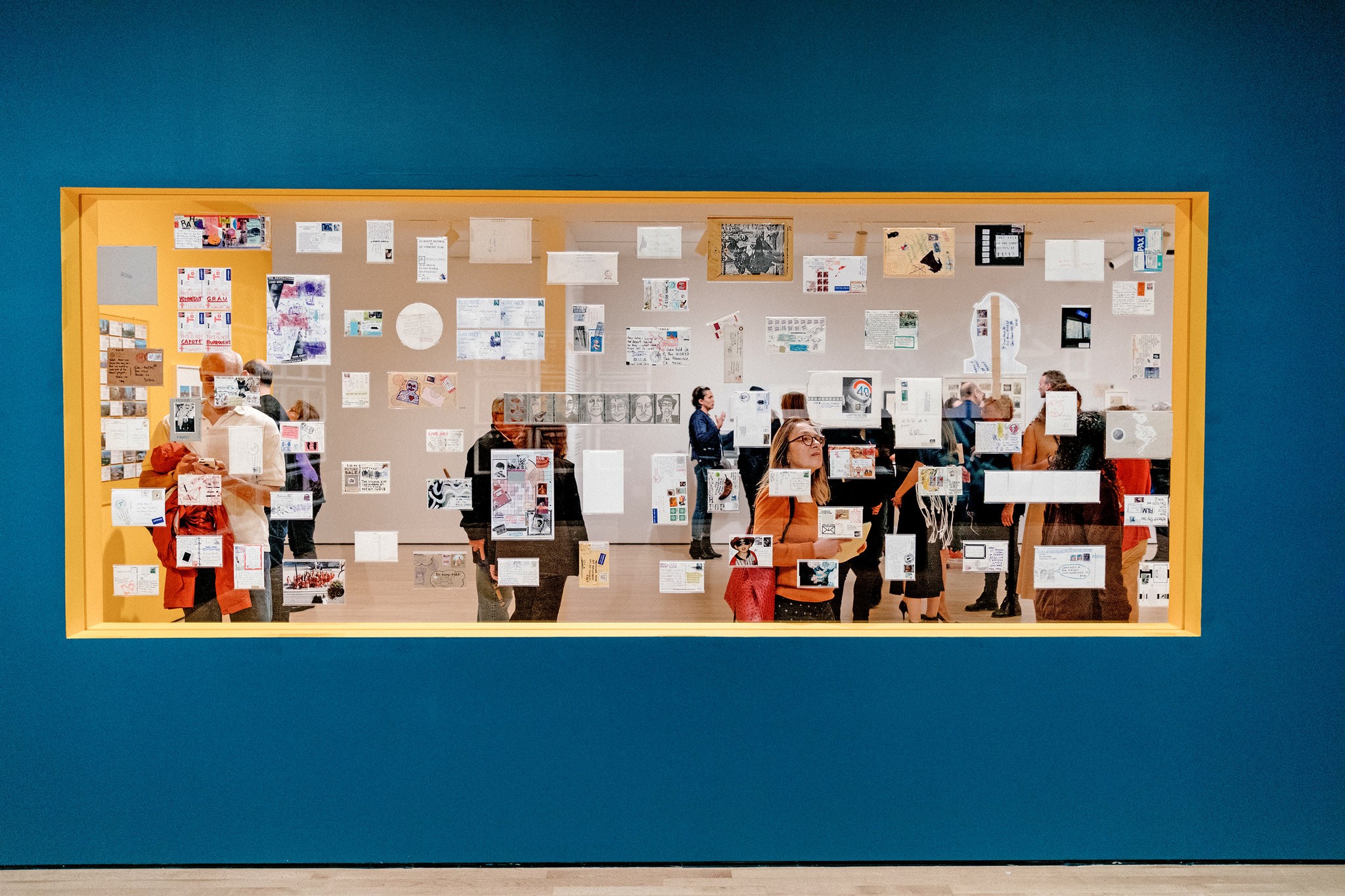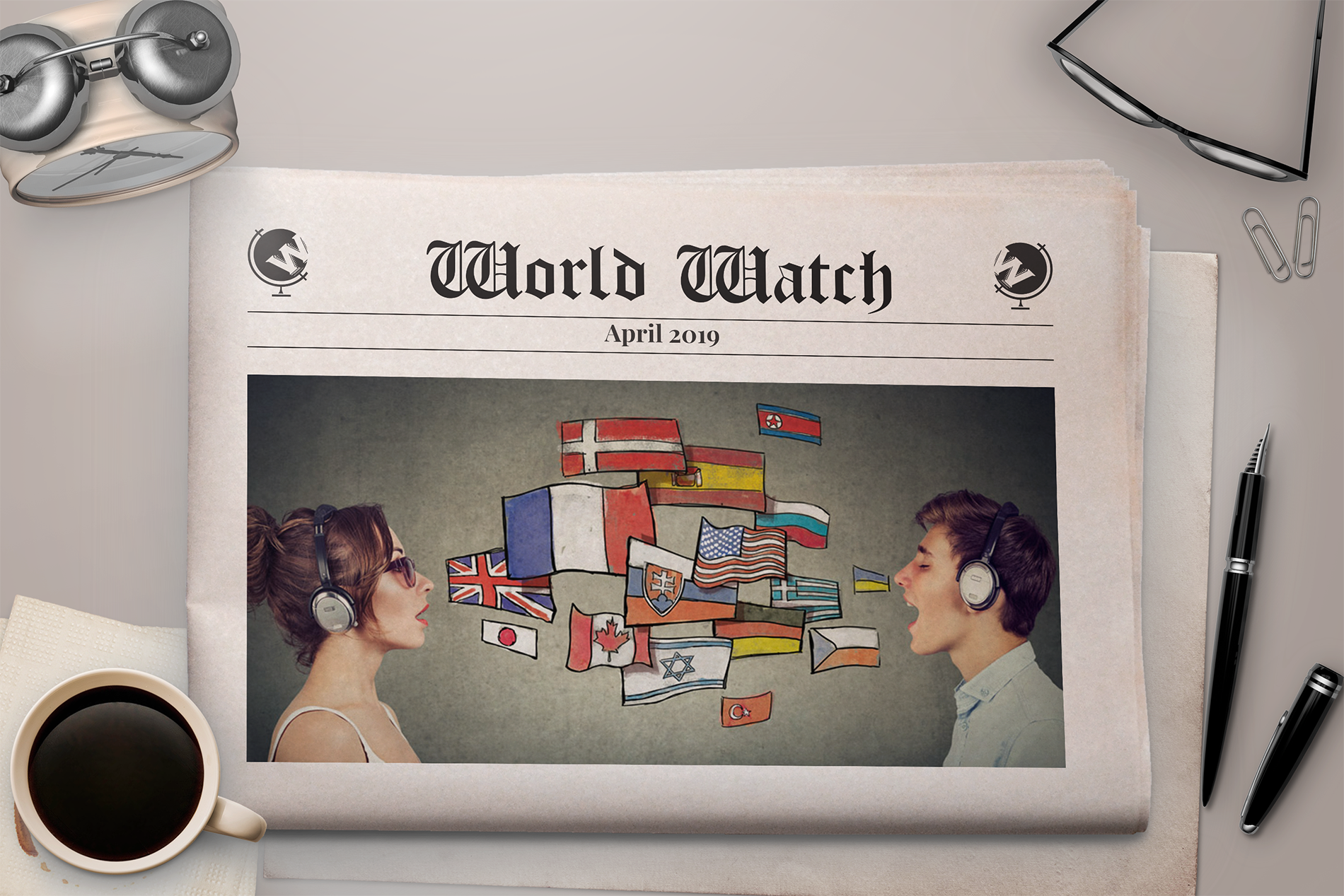This Is Your Brain on Grammar
Monday, February 11, 2019 , Yuen Yiu, Staff Writer

New research suggests that the language you speak may affect how you form memories — even when the memory has nothing to do with words.
(Inside Science) — Have you ever experienced a smell or feeling that you can remember but can’t describe with words? The relationship between languages and memories is complex, and scientists are still trying to understand it. A new experiment by an international collaboration of researchers studied one aspect of this relationship: how the language we speak can affect how we remember things, even for the kinds of memories that have nothing to do with words.
The team traveled the world to survey speakers of eight distinctively different languages, from Japanese to Italian to Khoekhoe, a language spoken by around 200,000 people in Namibia, Botswana and South Africa.
They chose the languages based on a classification of each language’s typical sentence structure that linguists call right branching and left branching. For instance, in Italian, a mostly right branching language, you the reader may be described as “the person who is reading this awesome article.” In this construction the key subject — the person — is near the beginning, and the description for the subject trails toward the end — or right side — of the phrase. In contrast, a Japanese speaker may describe you as “the reading-this-awesome-article person,” reversing the order of the subject and its description, which makes the phrase left branching.
The researchers tested the memories of 24-30 speakers for each of the eight languages by asking them to remember the order of a series of images, as well as certain details from the pictures. They found that the left branching speakers tended to remember the initial images better while the right branching speakers tended to remember the final ones better. According to the researchers, left branching language speakers may process information differently because they need to remember information from the beginning of sentences without knowing exactly what the sentence is about.
Tracing the Roots of Photo Sharing, From Mail Art to Instagram
By Jori Finkel | April 4, 2019
A new exhibition at the San Francisco Museum of Modern Art shows that image sharing is evolutionary, not revolutionary.

Installation view of “Snap+Share,” at the San Francisco Museum of Modern Art. It shows mail art from the ’60s and ’70s, an early form of photo sharing. Jason Henry for The New York Times
SAN FRANCISCO — The image of a bright-eyed cat with many online lives peers out from a hole in the wall as you enter the new exhibition “Snap+Share” at the San Francisco Museum of Modern Art.
You might wonder if the museum has designed a show for the sake of Instagram or Facebook likes. The cat-in-hole is a recognizable internet meme, while the show’s title is itself a clear play on Snapchat, the messaging and photo-sharing app. And the museum, a short walk from Twitter headquarters, is actively competing with other cultural institutions to reach the local technology community, for both funding and audience.
But the exhibition offers more than opportunities for selfies (there are two or three). Clément Chéroux, the museum’s senior photography curator (who said he received no financial support from the industry), is exploring how the transmission of images has evolved from analog to digital times. In particular, he makes a compelling argument for the serious art-historical lineage of social media photo sharing.
The show questions the common mythology that the internet has radically changed the way we share pictures of ourselves, our pets and our vacations, and created “an entirely new kind of dialogue,” as the technology reporter Nick Bilton wrote. Instead, it proposes that the roots for this kind of sharing came decades earlier, making for an evolution, not a revolution.
